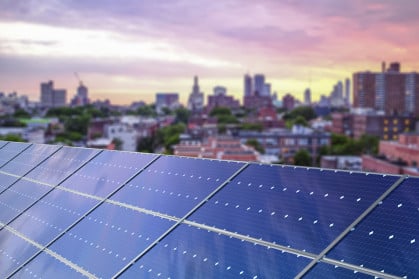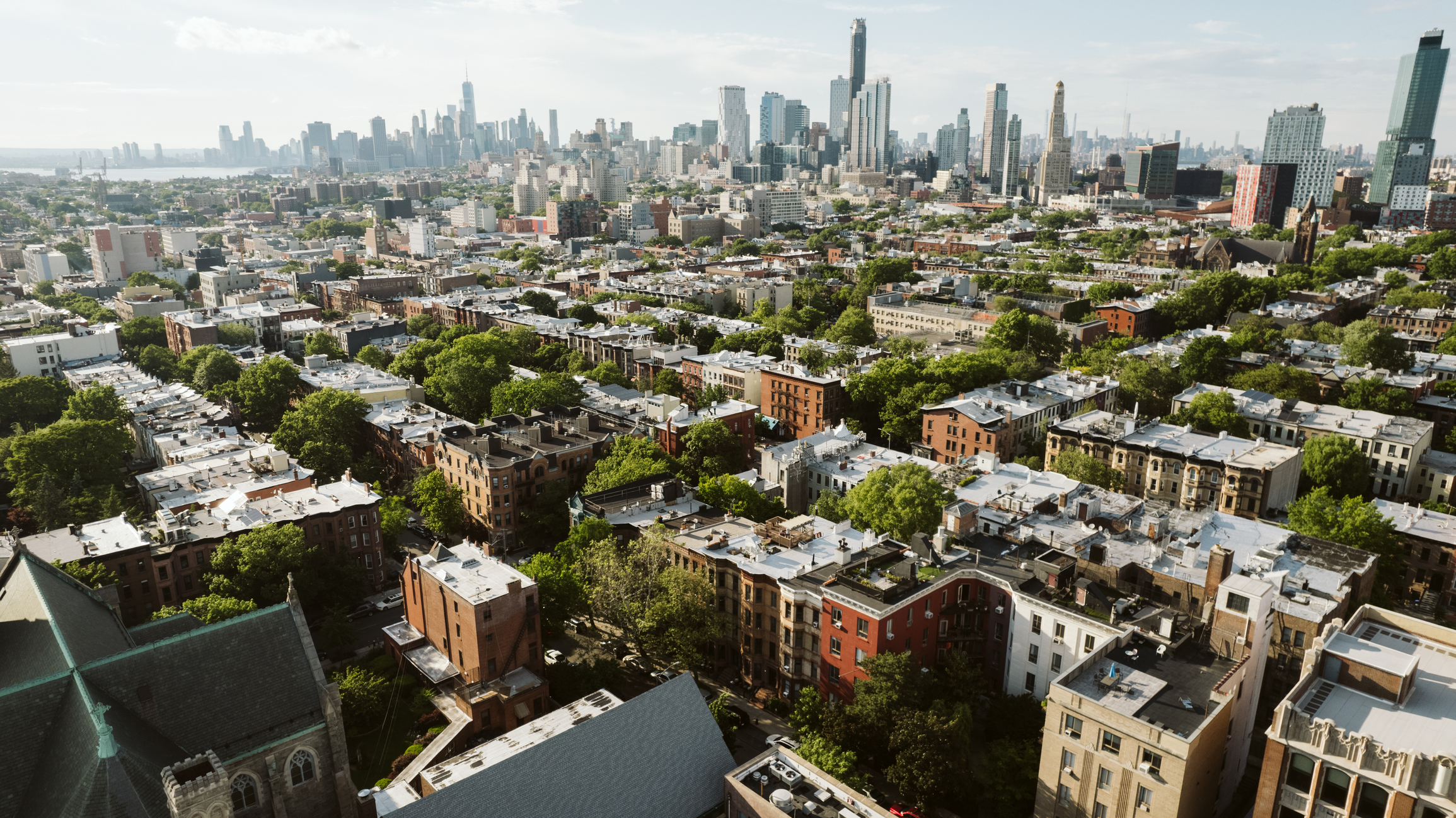Our building’s square footage may be too small to comply with Local Law 97. Should I get it remeasured?
- Local Law 97 applies to most buildings with more than 25,000 gross square feet
- Multiple condos that share a board and total more than 50,000 square feet must comply

Local Law 97's emission limits take effect on January 1st, 2024, with fines coming in 2025.
iStock
You can hire a registered design professional to double-check your building’s square footage if you think it may be too small to be governed by Local Law 97. But unless there’s a reason the New York City Department Finance would have incorrectly recorded your building’s size, it might not be worth the effort.
Local Law 97—a landmark climate law passed in 2019—restricts the greenhouse gas emissions of NYC buildings above 25,000 square feet. The first fines for non-compliance will hit properties in 2025, and NYC buildings have turned to retrofits and renovations to reduce emissions.
The easiest way to check if your building has to comply with the law is to look for it on the NYC Department of Buildings’ online list of the approximately 40,000 properties covered under the legislation, says Beth Golub, the director of sustainability policy and legal affairs at the DOB. The DOB plans to update that list later this year, Golub added.
If you suspect your building was incorrectly included on the list, you’ll need to talk to an architect or engineer.
“If a building does have questions about their square footage, or about compliance with the law, they're going to need to engage with a registered design professional to resolve those issues,” Golub says.
Golub recommends reaching out to the NYC Accelerator, a free resource that helps buildings improve their energy efficiency, which can connect a property to registered design professionals.
What buildings fall under Local Law 97?
Whether a building ends up on the DOB’s list is based on the DOF’s record of its gross square footage, Golub says. You can find your building’s gross square footage through the DOF’s property information website, and it should be listed on your annual notice of property value (or NOPV for short), which tells you how your property value was calculated.
Even if your building is under 25,000 square feet, it could still appear on the covered buildings list. Two or more buildings on the same tax lot that, together, amount to more than 50,000 square feet would fall under Local Law 97’s emissions caps. Two or more condominium buildings that share the same board and together exceed 50,000 square feet also fall under the law’s purview.
Should I check my building’s measurements?
It’s worth confirming your building’s square footage if it’s undergone significant construction that could have shrunk the property’s square footage after it was initially registered with the DOF, says Jan Wei, a principal at engineering consultancy Stantec’s NYC office.
If your building’s square footage is incorrectly listed, your architect would then request that the DOF update its measurements. You can also email the DOF directly and explain your square footage dispute.
“You need to have a registered architect or engineer to provide the justification or reasoning on what the actual square footage is,” Wei says. “They need to be able to show that, file with the DOF, and apply for the correction.”
Local Law 97 also requires buildings to file a report with the DOB by May 1st, 2025 detailing their annual greenhouse gas emissions. Buildings won’t face a penalty if the report is late because they are contesting their square footage, but would still face emission fines if the DOF determines the property falls under the law’s scope.
“We understand that the process might take time, and that’s why we included it as a reason to delay the report,” Golub says. “But if the report ultimately is due, the building will need to demonstrate compliance or face penalties.”
You Might Also Like
Sign Up for our Boards & Buildings Newsletter (Coming Soon!)
Thank you for your interest in our newsletter. You have been successfully added to our mailing list and will receive it when it becomes available.






















